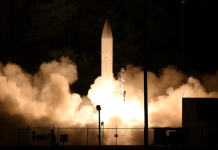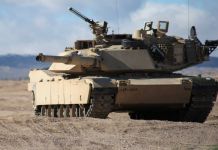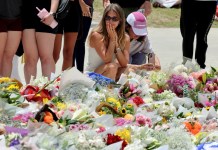In a week of escalating tensions, Russia unveiled tests of two advanced nuclear-capable weapons, prompting US President Donald Trump to end a 33-year moratorium on nuclear testing.
President Vladimir Putin announced on October 29, 2025, that Russia had successfully tested a nuclear-tipped, nuclear-powered underwater drone named Poseidon.
Describing the platform as an underwater drone torpedo that can travel at a speed higher than conventional submarines and reach any continent in the world, Putin said, there was “no way to intercept” the Poseidon.
The Russian President made a smug declaration saying, “It is unlikely that anything similar will appear in the near future,” and stressed that no other country could match the capability and lethality of the Poseidon.
Meanwhile, to cool off tensions, Russia said the recent weapons tests were not nuclear.
The Kremlin said its testing of nuclear-powered nuclear-capable weapons — the Burevestnik cruise missile and the Poseidon underwater drone — did not constitute a direct test of an atomic weapon.
Both countries observe a de facto moratorium on testing nuclear warheads, though Russia regularly runs military drills involving systems that are capable of carrying such weapons.
“Regarding the tests of Poseidon and Burevestnik, we hope that the information was conveyed correctly to President Trump,” Kremlin spokesman Dmitry Peskov told journalists.
“This cannot in any way be interpreted as a nuclear test,” he added.
The Poseidon is a highly classified weapon system, but some sources state that it is around 66 feet long, roughly six feet in diameter, and weighs 110 tons.
The most remarkable thing about it is that it is somewhere between a torpedo and an underwater drone. It has an incredibly long range of nearly 10,000 kilometres, a speed of about 70 knots, and operates at depths of more than 1 kilometre while remaining undetectable.
The test of Poseidon comes within days of a successful testing of the Burevestnik, a nuclear-powered cruise missile with a range of up to 14,000 kilometers (8,700 miles), announced by Putin on October 26, 2025.
Much like Poseidon, Putin described the Burevestnik as a “unique creation that no one else in the world possesses,” while boasting about its “unlimited range.”
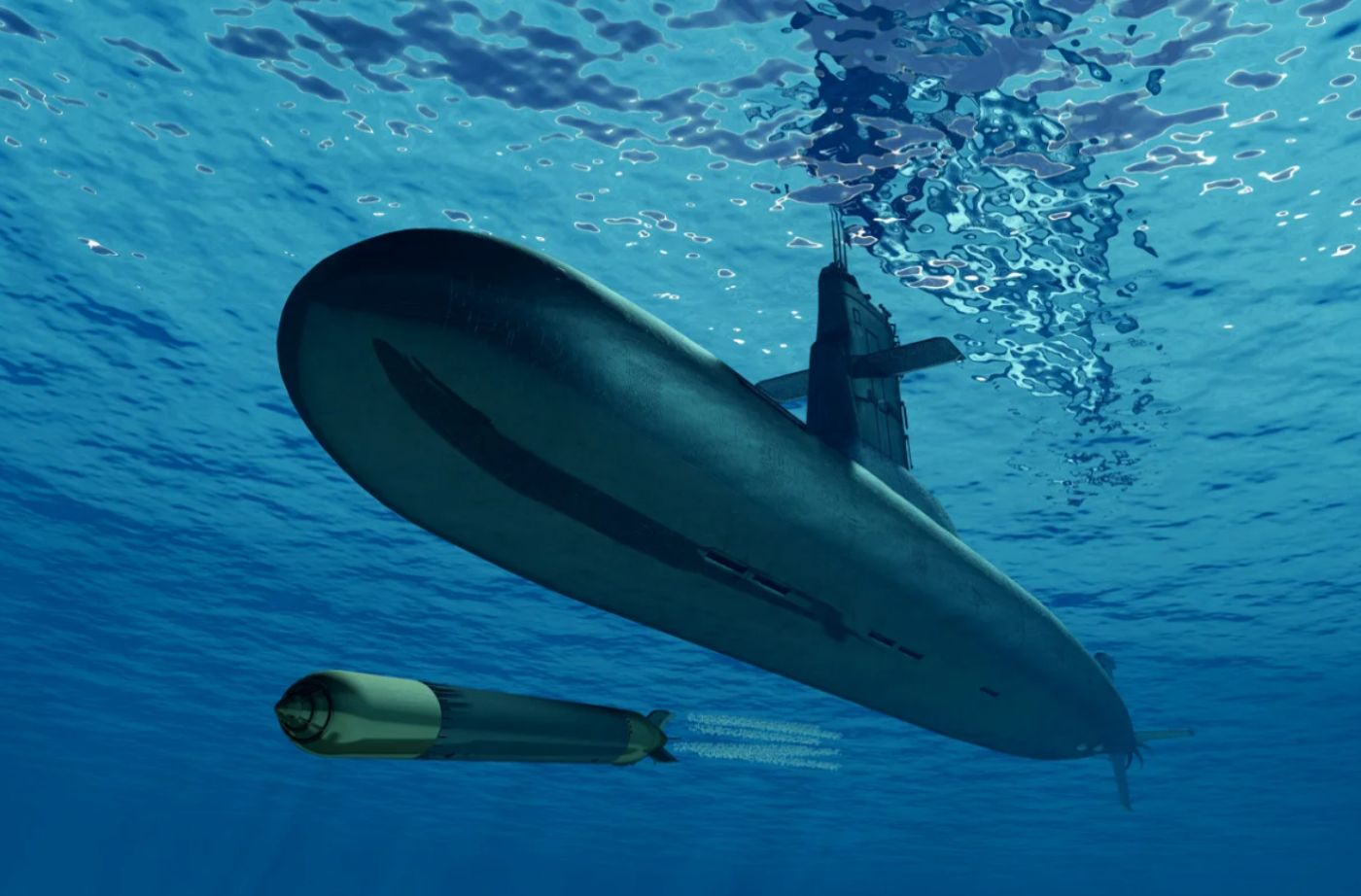
The back-to-back testing of two different nuclear-capable weapons has been perceived as nuclear posturing by Russia, as it fits right into Putin’s playbook of demonstrating “invincible” nuclear capabilities during perceived threats from Washington.
In fact, it appears to be a message to US President Donald Trump, who has taken an increasingly confrontational stand against him, particularly on Ukraine, pledging more aggressive arming of Kyiv via NATO allies.
While Russia’s moves signal defiance, they’ve elicited a swift US counter. Responding to Putin’s announcement about the Burevestnik test earlier this week, Trump said, “They know we have a nuclear submarine, the greatest in the world, right off their shores. So, I mean, it doesn’t have to go 8,000 miles. And they’re not playing games with us. We’re not playing games with them either. We test missiles all the time.”
However, the Poseidon test has triggered a stronger response. On October 30, Trump ordered the Department of War (formerly Department of Defense) to resume nuclear testing in the country. The order, if implemented, could be the end of all nuclear restraint.
Resumption Of Nuclear Weapon Testing
US President threw caution to the wind ahead of his meeting with Chinese President Xi Jinping when he declared that he has directed the Department of Defense to promptly resume nuclear weapons testing on an “equal basis” with other nuclear countries.
Although he did not directly refer to the Russian tests, the announcement came just a day after Putin announced Poseidon testing.
The President said he had instructed the Pentagon to test the US nuclear arsenal on an “equal basis” with other nuclear powers—a clear reference to his rivals, China and Russia. “Because of other countries’ testing programmes, I have instructed the Department of War to start testing our nuclear weapons on an equal basis. That process will begin immediately,” Trump said on Truth Social. “Russia is second, and China is a distant third, but will be even within five years.”
The President, known for his flair for controversy, did not clarify whether he meant a nuclear weapons test or a test of a nuclear-capable weapons system. While the former means actually exploding or detonating a weapon with devastating effect, the latter means testing the delivery platform.
The last time the United States conducted a nuclear weapon test was on September 23, 1992. The test was conducted in Nevada at an underground facility.
However, it has not conducted an explosive test since 1992. In fact, Russia has not tested a live nuclear weapon since 1990, and China has not tested a nuclear weapon since 1996. All three countries observe a voluntary moratorium.
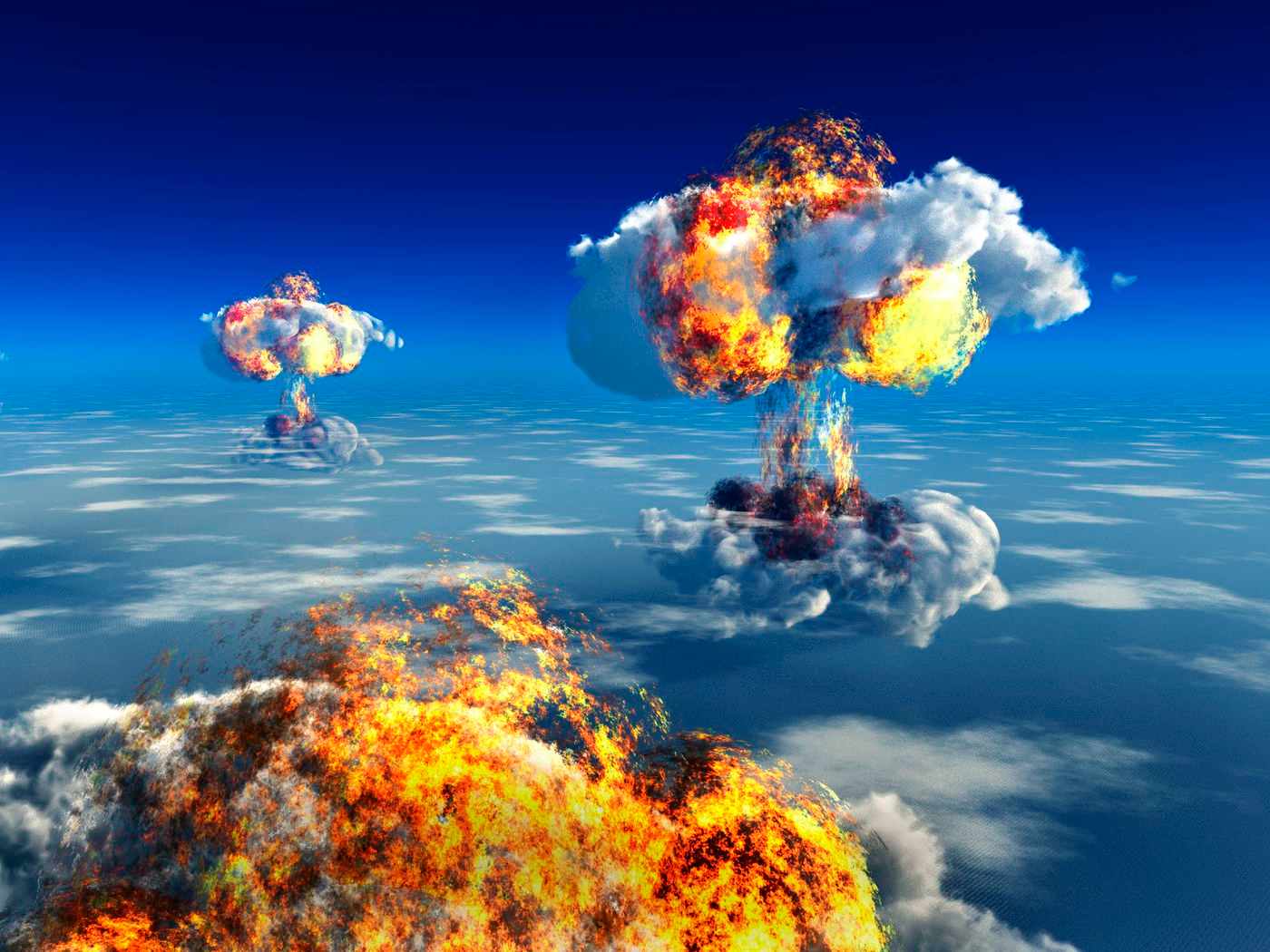
This means that if Trump orders the revival of nuclear weapon testing, it would significantly impact this equilibrium.
Trump’s statement triggered a fierce response from Democrats as well as nuclear experts. Several voices in the Democratic Party criticised the announcement, saying that it could open a Pandora’s Box and trigger a proliferation. Some said it would encourage US adversaries to conduct nuclear weapon testing, which would be detrimental.
Fabian Hoffman, Doctoral Research Fellow at OsloNuclearProject, wrote on X: “There are two parties that benefit from this: 1) Warhead engineers at Livermore and Sandia who would love to blow up stuff with nukes (makes their jobs more exciting). 2) China, which would love to catch up on some of that empirical data.”
Breaking down the claims made by Donald Trump, Hans Kristensen, Director of the Nuclear Information Project at the Federation of American Scientists, questioned what kind of testing the President meant. “What kind of testing? It might have been triggered by Russia’s two recent missile tests. But the US already tests its nuclear weapons in similar ways.”
“If by testing he means nuclear explosive testing, that would be reckless, probably not possible for 18 months, would cost money that Congress would have to approve, and it would certainly trigger Russian and Chinese and likely also India/Pakistan nuclear tests,” he added, flagging the clear risks of a reckless decision.
US, Russia & China And Nuclear Weapons
In a June 2025 report, the Stockholm International Peace Research Institute (SIPRI) warned that the world is headed towards a new nuclear arms race.
The US has about 3,700 nuclear warheads—1,700 deployed across delivery systems in the nuclear triad, which includes land-based ICBMs, submarine-launched ballistic missiles, and aero-ballistic nuclear missiles carried by strategic bombers, and 1,930 in storage.
Russia, on the other hand, is the largest nuclear power with 4,309 nuclear warheads—1,718 deployed and 2,591 in storage. This basically debunks Trump’s claim that the US has more nuclear weapons than any other country. In fact, strategic weapons programs have typically taken precedence over other areas of Russia’s military, which has suffered due to the Ukraine War and the international sanctions on the country.
Though China ranks somewhat low in the list, with 24 deployed warheads and 576 nuclear warheads in storage, it is catching up at a pace never seen before. The SIPRI report warned that China is expanding its nuclear arsenal faster than any other country. “China’s nuclear arsenal is growing faster than any other country’s, by about 100 new warheads a year since 2023. By January 2025, China had completed or was close to completing around 350 new ICBM silos in three large desert fields in the north of the country and three mountainous areas in the east.”

Beijing has more than doubled the size of its arsenal, and US officials have repeatedly warned that China will have over 1,000 nuclear weapons by 2030. In fact, the September 3 Victory Parade gave a glimpse into multiple Chinese nuclear weapons that could reach the continental United States, enough to worry the Pentagon.
Therefore, Trump’s claim that China is a “distant third” may not hold much water. If it amasses 1,000 warheads in the next five years, that will be just a little less than a third of what the United States and Russia each have. And, with the lingering possibility of a war between the US and China in the Indo-Pacific, the threat from Beijing’s nuclear arsenal may be anything but distant.
Russia and China went through decades of nuclear arms race during the Cold War, before they mutually signed treaties to dismantle their nukes and cut down the proliferation. However, with several treaties now left toothless and a seismic shift in the global world order, experts have been flagging the threat of a nuclear arms race between the world’s strongest military powers, the US, Russia, and China.
“The era of reductions in the number of nuclear weapons in the world, which had lasted since the end of the Cold War, is coming to an end,” said Hans M. Kristensen, Associate Senior Fellow with SIPRI’s Weapons of Mass Destruction Programme and Director of the Nuclear Information Project at the Federation of American Scientists (FAS) said in June. “Instead, we see a clear trend of growing nuclear arsenals, sharpened nuclear rhetoric, and the abandonment of arms control agreements.
Trump’s decisions to resume nuclear testing after a decades-long hiatus to match advancements by Russia and China further indicate competitive escalation.
Centre for Arms Control and Non-Proliferation said in a latest article: “ Restarting nuclear tests would neither strengthen U.S. security nor compel challengers to submit to U.S. demands. Instead, it would erode decades of progress, hand strategic advantages to adversaries, and risk setting off a dangerous cascade of testing around the world.”
The resumption of nuclear weapon testing would be contrary to Trump’s own efforts at denuclearization. Trump said in August that he had spoken with Putin on nuclear armaments control and that he wanted China to join the conversation.
“As SIPRI warns, ‘The era of nuclear reductions is ending.’ Trump’s move could accelerate this, undermining arms control amid US-Russia-China rivalries.”
- Contact the author at sakshi.tiwari13 (at) outlook.com
- Follow EurAsian Times on Google News

